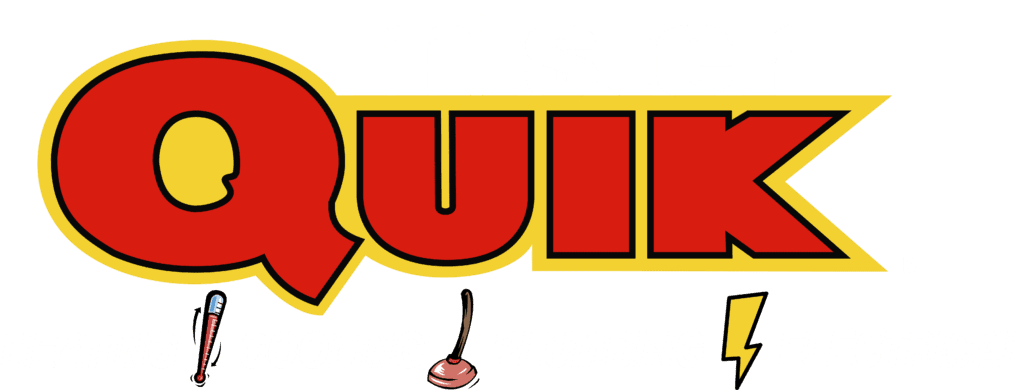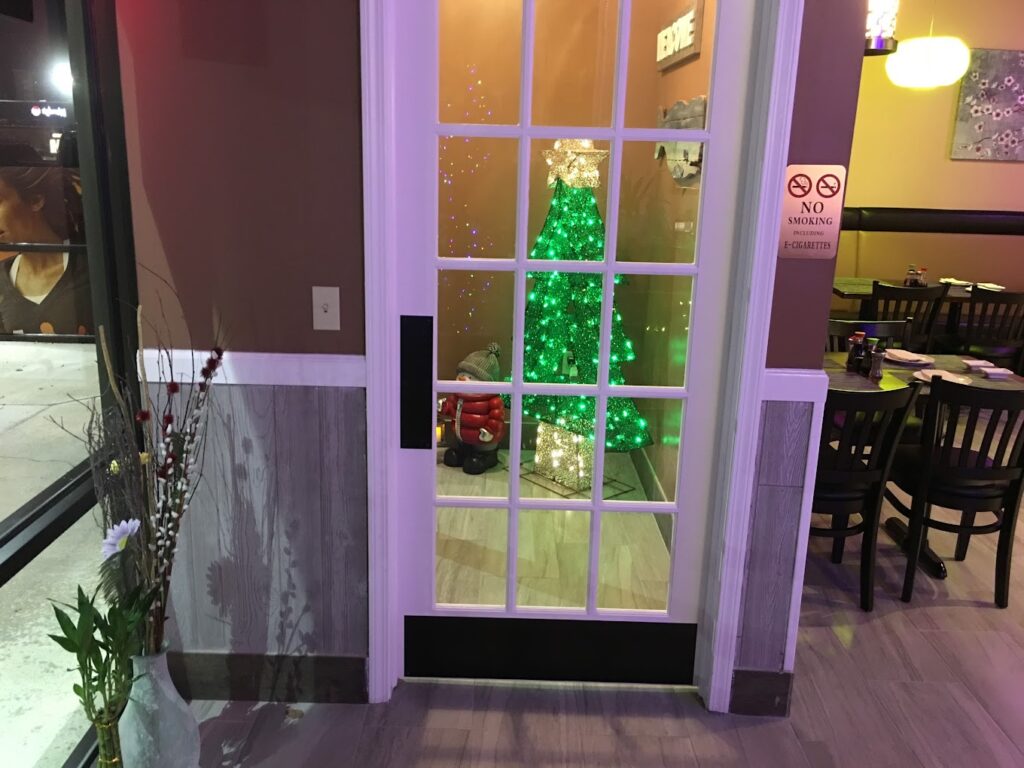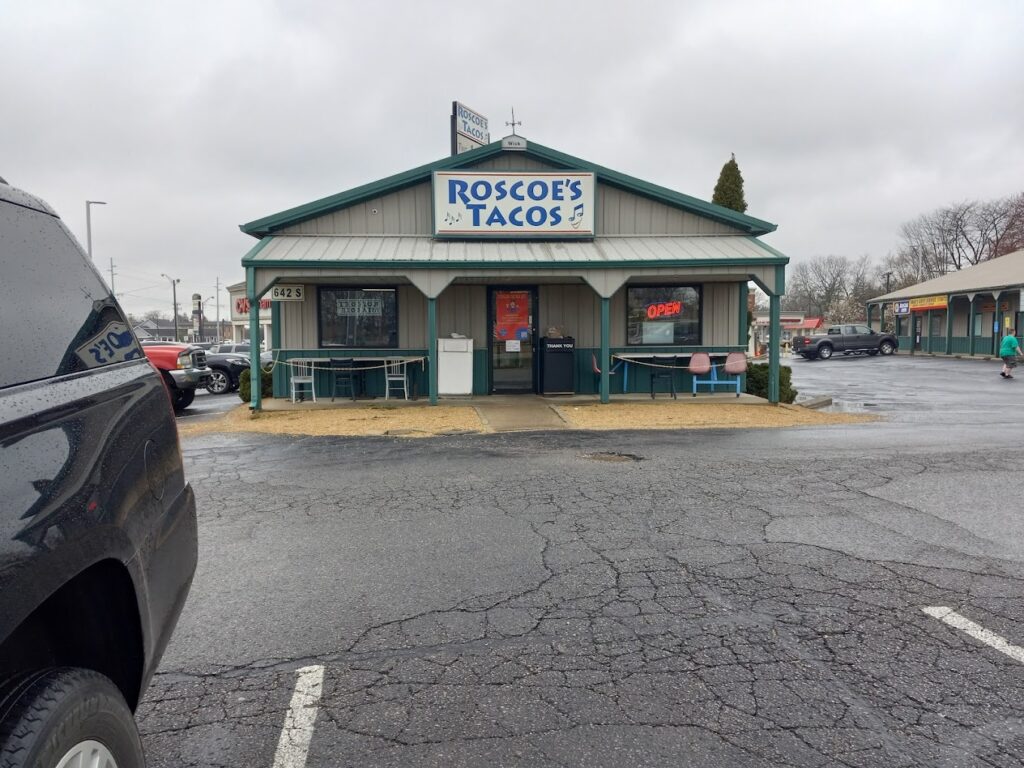Best Greenwood Switches Contractor
Schedule on your own without making a call. Click the button below to get started!
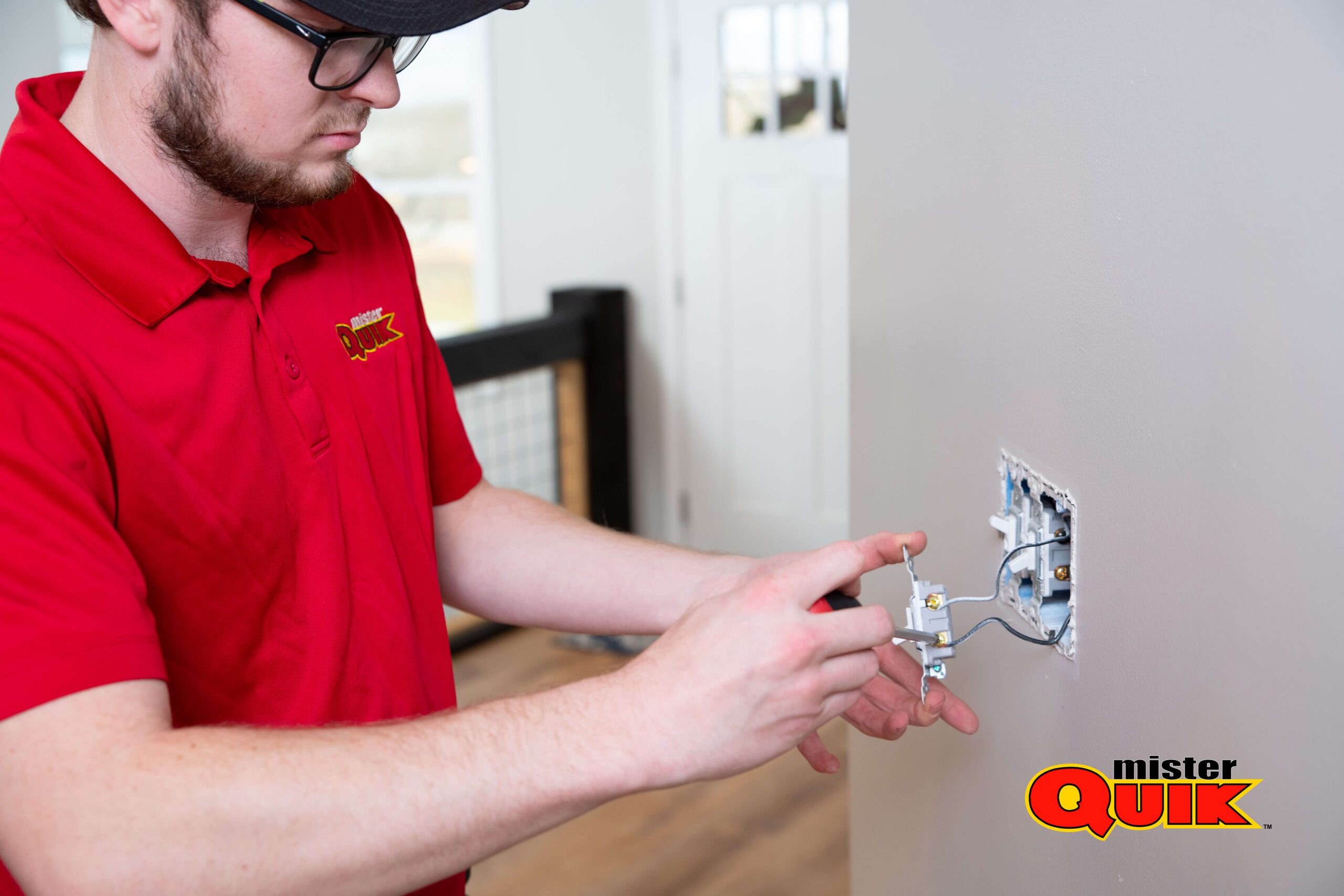
Electrical Switch Service Near Me
Having trouble with your electrical switches in Greenwood? It happens to the best of us! Electrical switches are just like any other household item – they can wear out or malfunction over time.
If you’re experiencing issues like flickering lights, dimming switches, or complete switch failure, don’t hesitate to call a professional electrician. A qualified Greenwood electrician can diagnose the problem and recommend the best course of action, whether it’s repairing the existing switch or replacing it altogether.
Remember, electrical work should always be handled by a licensed professional to ensure your safety and avoid any further complications. They have the expertise and knowledge to handle electrical issues safely and efficiently.
Fix Home Electrical Switch
Flickering lights or unresponsive outlets in your Greenwood home can be frustrating, and sometimes a faulty switch is the culprit. While replacing a switch might seem like a simple DIY project, it’s crucial to prioritize safety and avoid electrical work unless you’re a qualified electrician.
Why call a professional electrician for switch repairs in Greenwood?
Electrical work involves real risks, and even a minor mistake can lead to serious injury or property damage. A qualified electrician has the expertise and experience to handle electrical systems safely and effectively.
Electrical problems can sometimes have underlying causes beyond a faulty switch. A professional electrician can diagnose the issue accurately and recommend the best course of action.
Electrical codes are essential for safety and ensure your home's electrical system functions properly. A licensed electrician guarantees that repairs adhere to all relevant codes and regulations.
An electric switch is a device used to control the flow of electricity in a circuit. It typically consists of a mechanism that opens or closes electrical contacts, allowing users to turn lights, appliances, and other electrical devices on or off.
Common types of electric switches include toggle switches, rocker switches, dimmer switches, push-button switches, and motion sensor switches. Each type serves specific purposes and offers different functionalities.
If a switch is not working properly, first check if the circuit breaker or fuse associated with it hasn’t tripped or blown. Next, inspect the switch for any visible damage or loose connections. If the problem persists, it may require replacement by a qualified electrician.
Installation involves complex wiring or modifications, it’s safer to hire a licensed electrician to ensure proper installation and compliance with electrical codes.
You can opt for energy-efficient switches, such as dimmer switches or occupancy sensors, which help reduce electricity consumption by adjusting light levels or automatically turning off lights when rooms are unoccupied. Additionally, using LED light bulbs with compatible switches can further enhance energy efficiency.
Electrical Switch Wiring
Ever flipped a light switch and wondered how it works? Electrical switches are the unsung heroes of our homes, silently controlling the flow of electricity to power our lights, fans, and other appliances. While the inner workings might seem complex, understanding the basics of electrical switch wiring can be quite straightforward.
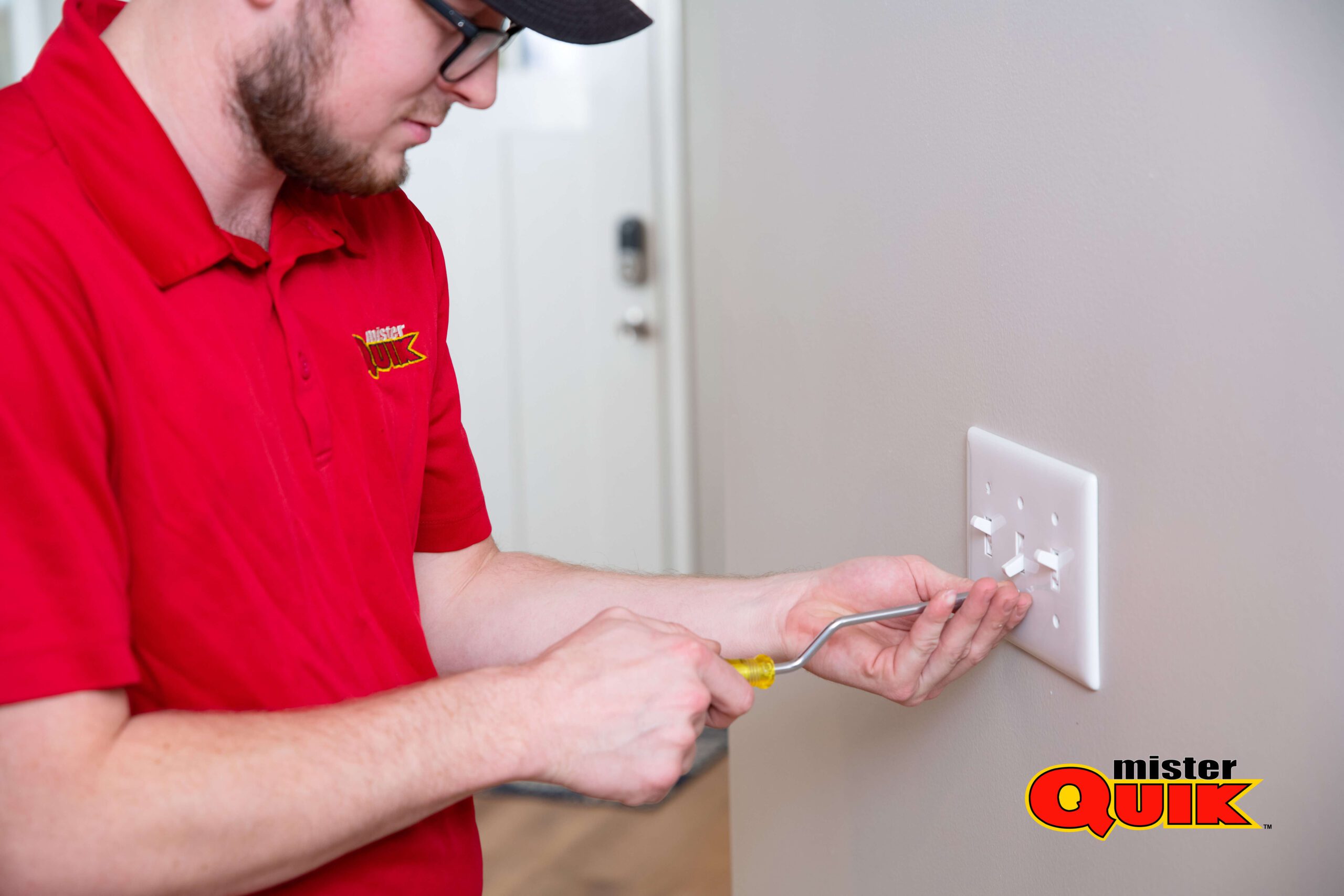

Every electrical circuit involves three main players:
- Hot wire: This colored wire (usually black or red) carries electricity from the main breaker panel to the switch.
- Neutral wire: This white wire provides a return path for electricity to flow back to the panel, completing the circuit.
- Ground wire: This bare copper or green wire protects you from electrical shocks by grounding any stray current.
Think of a switch like a gatekeeper for electricity. In its “off” position, the switch acts like an open gate, blocking the flow of electricity on the hot wire. When you flip the switch “on,” it acts like a closed gate, allowing electricity to flow through to the connected appliance.
Greenwood homes might have various types of switches, each with slightly different wiring configurations. Here are two common examples:
- Single-pole switch: This controls a single light fixture from one location.
- Three-way switch: This allows you to control a single light fixture from two different locations, like a hallway or staircase.
Electrical work can be dangerous if not done correctly. It’s crucial to always turn off the power at the breaker panel before attempting any electrical work, including switch wiring. If you’re unsure about handling electrical tasks yourself, consulting a licensed electrician in Greenwood is always recommended.
Understanding the basics of electrical switch wiring can empower you to make informed decisions about your home’s electrical system. Remember, safety is paramount, and when in doubt, always seek professional help.
Local Electrical Switches & Outlet Services
Having electrical problems at home can be frustrating, especially when it involves your switches and outlets. These essential components keep your appliances powered and your home illuminated. If you’re facing electrical issues with your Greenwood home’s switches or outlets, don’t hesitate to seek professional help from a qualified electrician.
A licensed electrician can diagnose the problem and provide safe and efficient solutions. Whether it’s a faulty switch, a worn-out outlet, or a more complex electrical concern, a professional can get your home’s electrical system back up and running safely.
Here are some signs that you might need to call an electrician for your Greenwood home’s switches and outlets:


This could indicate a loose connection, overloaded circuit, or faulty switch.


This is a serious fire hazard and should be addressed immediately by a qualified electrician.


This could be due to a tripped circuit breaker, faulty outlet, or wiring issue.
Electrical Switch Installation Cost
We’ve all been there – fumbling for a light switch in the dark, or wishing there was a switch to control that extra outlet. Whether you’re adding a new fixture, replacing an outdated switch, or simply sprucing up your home, electrical switch installation can be a handy upgrade. But how much does it typically cost in Greenwood?
The truth is, the cost of electrical switch installation can vary depending on several factors, including:
- Type of switch: Basic on/off switches are generally the most affordable, while dimmer switches, timers, and smart switches tend to cost more due to their additional features.
- Complexity of the job: Replacing a switch in an existing electrical box is usually simpler (and therefore less expensive) than installing a completely new switch where there wasn’t one before.
- Electrician’s experience and rates: Different electricians may have varying hourly rates or offer flat fees for specific jobs.
To get a more accurate estimate for your specific needs, it’s always recommended to consult with a licensed electrician in Greenwood. They can assess your situation, explain your options, and provide you with a personalized quote.
Here are some additional tips for keeping your electrical switch installation smooth:
- Do your research: Choose a qualified and licensed electrician with a good reputation in Greenwood.
- Get multiple quotes: Compare prices from several electricians before making a decision.
- Be clear about your needs: Explain what you want to achieve and ask any questions you may have.
- Obtain the necessary permits: Some electrical work may require permits from your local municipality.
By following these tips, you can ensure a safe and successful electrical switch installation in your Greenwood home, at a cost that fits your budget.
Electrical Outlet Repair and Installation in Greenwood
Having electrical problems at home can be frustrating, especially when it involves your outlets. Faulty outlets can pose safety hazards and disrupt your daily routine. If you’re experiencing electrical outlet problems in Greenwood, Indiana, you’re not alone.
This guide will provide a general overview of electrical outlet repair and installation in Greenwood. It’s important to remember that electrical work should always be performed by a qualified and licensed electrician to ensure safety and adherence to local building codes.
There are several signs that your outlet may need repair or replacement, including:
Sparking or crackling noises
Warmth around the outlet
Loose plugs
Discoloration or burning marks
If you're experiencing any of these issues, it's important to contact a licensed electrician in Greenwood. They can diagnose the problem and recommend the best course of action, whether it's repair or replacement.
Hiring a qualified electrician offers several benefits, including:
Safety:
Electrical work can be dangerous for those without the proper training and experience. A licensed electrician will ensure the job is done safely and up to code.
Expertise:
Electricians have the knowledge and skills to diagnose and fix a wide range of electrical problems.
Peace of mind:
Knowing that your electrical work is done correctly can give you peace of mind and help prevent future problems.
There are many qualified electricians in Greenwood. You can ask friends, family, or neighbors for recommendations, or you can search online. Be sure to choose an electrician who is licensed and insured.
By following these tips, you can ensure that your electrical outlet repairs and installations are done safely and correctly.
- Ensure the switch is plugged in and turned on.
- Verify the power outlet is functioning by testing another device.
- Look for any physical damage, like cracks, burns, or loose components.
- Listen for unusual noises, like humming or buzzing.
- Ensure cables are securely plugged into both the switch and connected devices.
- Check for any visible damage to the cables, such as cuts or fraying.
- Try using a different device with the switch to rule out device issues.
- Test the problematic device on a different network port or switch.
- Consult the switch’s manual for information on resetting to factory settings.
- Check the manufacturer’s website for firmware updates that might address the issue.
